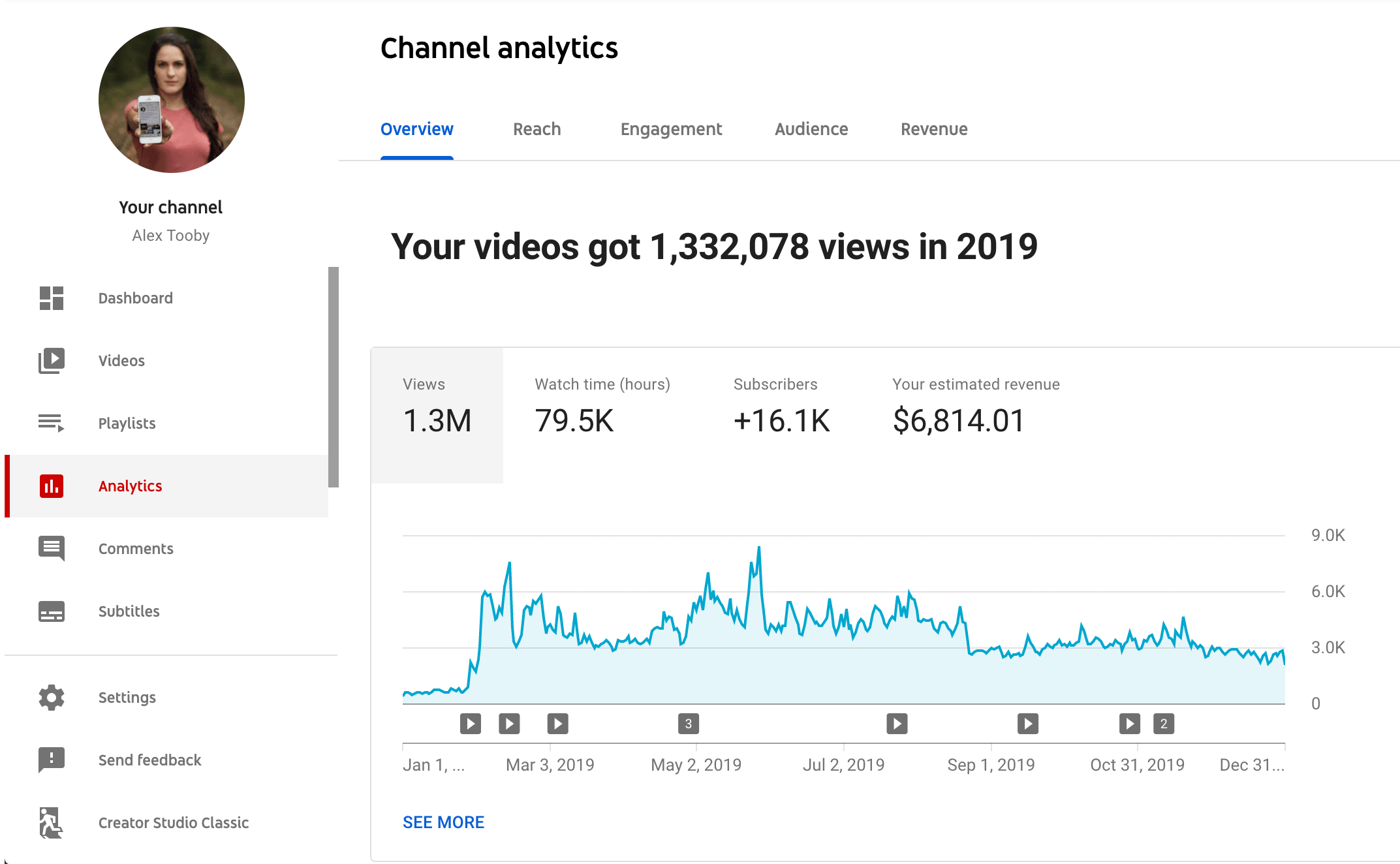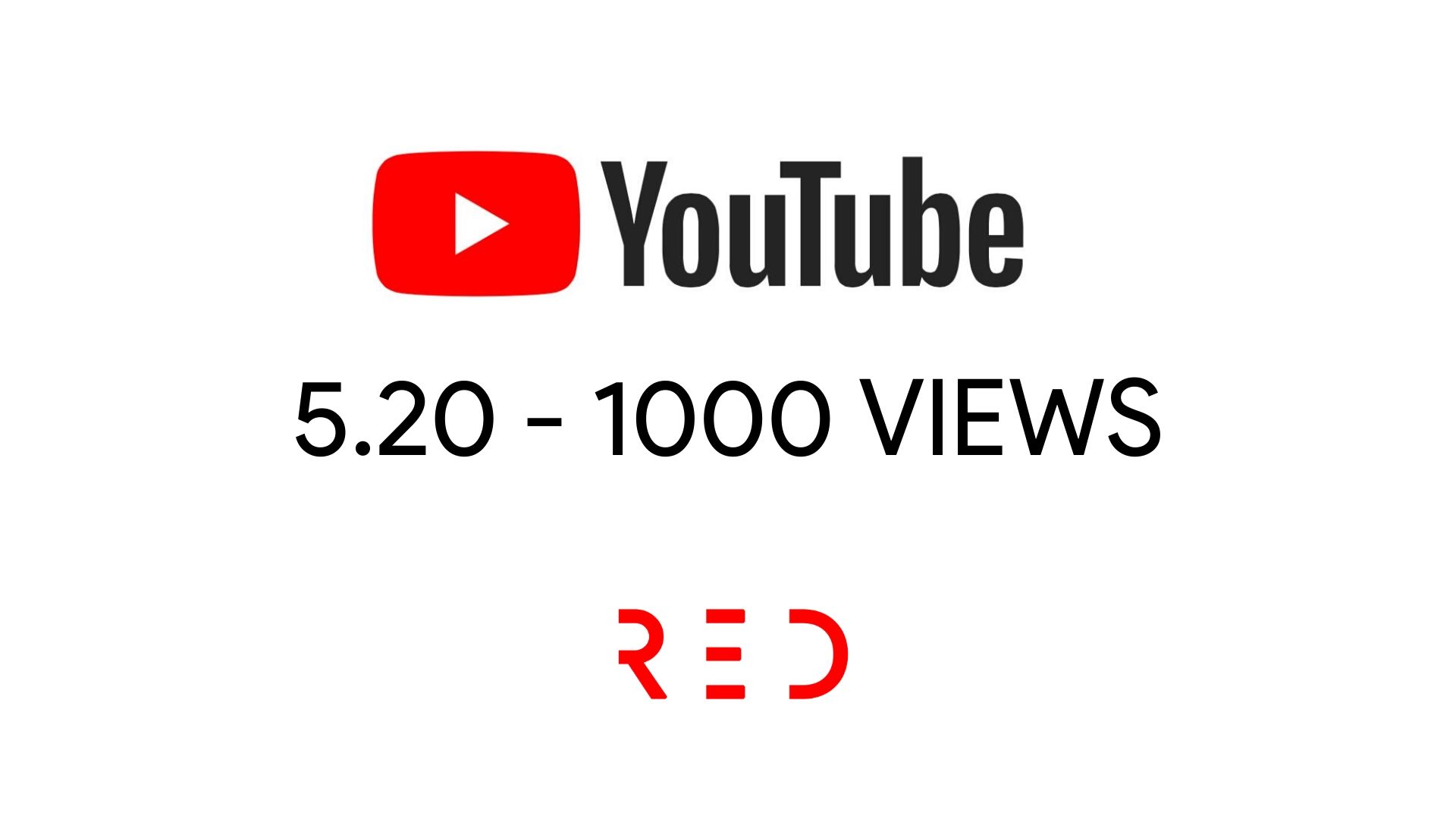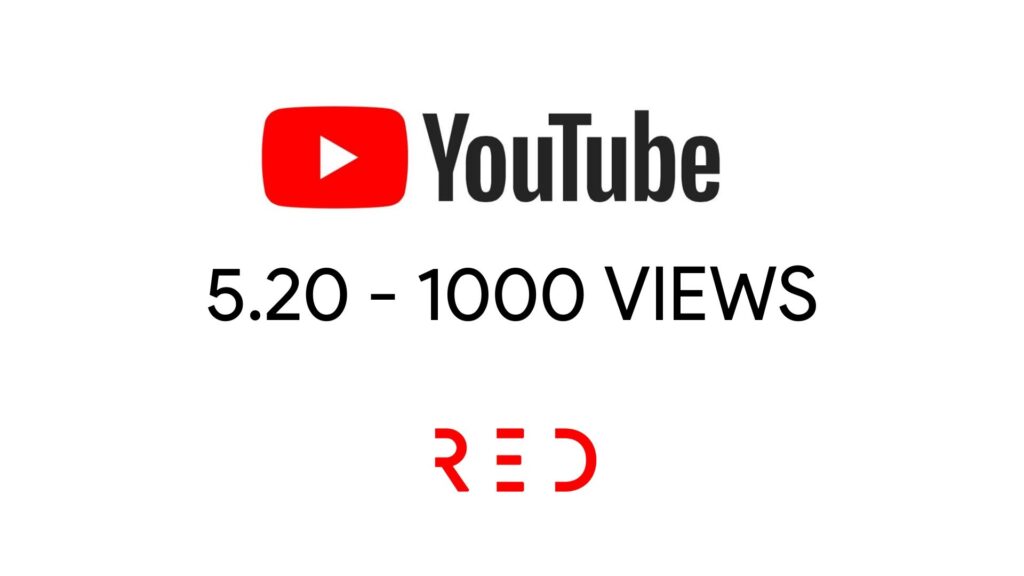YouTube, the video-sharing platform that revolutionized the way we consume content, has been a cultural phenomenon since its inception in 2005. Over the years, the platform has not only provided a space for individuals to share their creativity but has also become a powerful tool for businesses to reach their audience. One key aspect that has played a crucial role in this evolution is the concept of YouTube views. In this article, we will delve into the history and progression of YouTube views from its early days to the present, exploring how businesses can get authentic YouTube views from trusted websites.
The Birth of YouTube and Early View Counters
In 2005, YouTube was founded by three former PayPal employees, and it quickly gained traction as a platform for sharing and discovering videos. Initially, the platform focused on user-generated content, and the idea of counting views emerged as a measure of a video’s popularity. The early view counters were basic, providing a simple numeric representation of how many times a video had been watched.

YouTube Views as a Metric: The Rise of Viral Videos
As YouTube continued to grow, so did the significance of views as a metric. Viral videos became a cultural phenomenon, and view counts became a symbol of a video’s impact. The more views a video garnered, the more it resonated with audiences. This led to the rise of content creators vying for the elusive status of having a video go viral, a trend that persists to this day.
Challenges and Controversies: Fake Views and Algorithm Changes
With the increasing importance of YouTube views, challenges emerged. Some individuals and businesses resorted to unethical practices, such as purchasing fake views to inflate their numbers artificially. In response, YouTube implemented algorithm changes to detect and filter out fake views, emphasizing the importance of authentic engagement.
Monetization and the YouTube Partner Program
As YouTube matured, it introduced the YouTube Partner Program, allowing content creators to monetize their videos. This marked a significant shift, as views were no longer just a measure of popularity but also became a source of income for creators. Businesses started recognizing the potential of advertising on YouTube to tap into its vast viewer base.
The Evolution of YouTube Views: Beyond Quantity to Quality
In recent years, the focus on YouTube views has evolved beyond sheer quantity. While high view counts remain essential, the quality of engagement, including watch time and interaction, has become equally crucial. This shift reflects a deeper understanding of audience behavior and preferences, encouraging creators and businesses to prioritize meaningful connections with viewers.

Authentic YouTube Views: A Necessity for Businesses
As businesses strive to establish a strong online presence, authentic YouTube views play a vital role. Genuine engagement not only contributes to a video’s success on the platform but also builds credibility and trust with the audience. In an era where authenticity is valued, businesses can achieve sustainable growth by obtaining views from reputable sources.
In conclusion, the history and evolution of YouTube views tell a captivating story of how a simple metric transformed into a powerful indicator of content success. From the early days of basic view counters to the present focus on authentic engagement, YouTube views continue to shape the platform’s landscape. For businesses looking to make an impact on YouTube, prioritizing genuine views from trusted websites is not just a strategy but a necessity.

